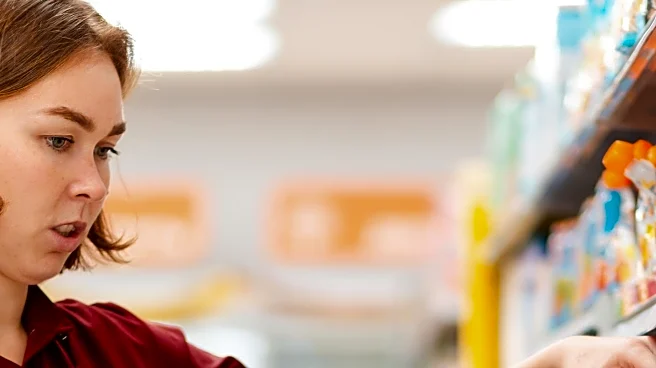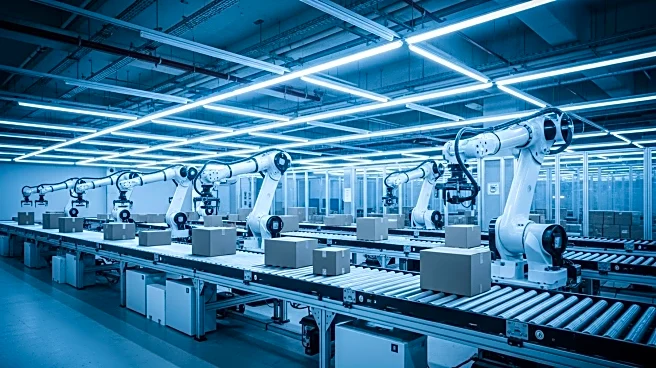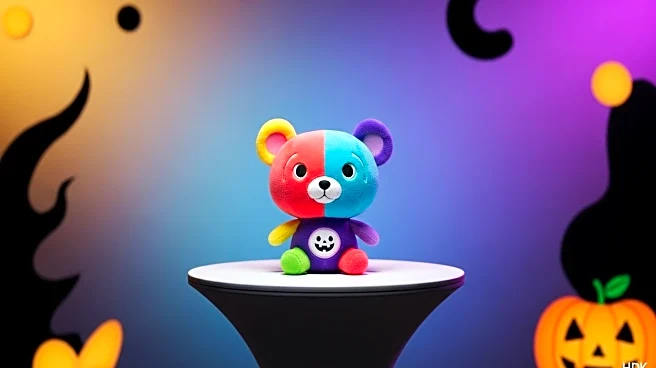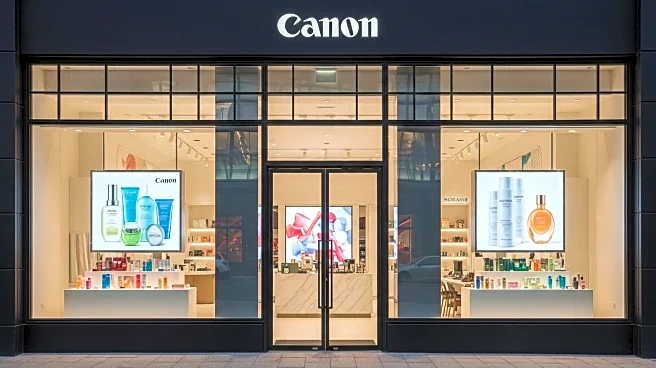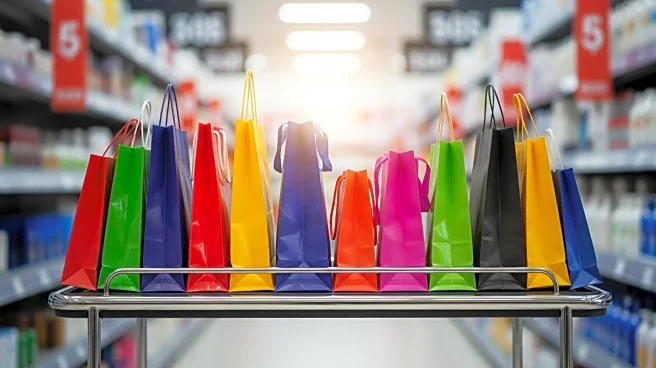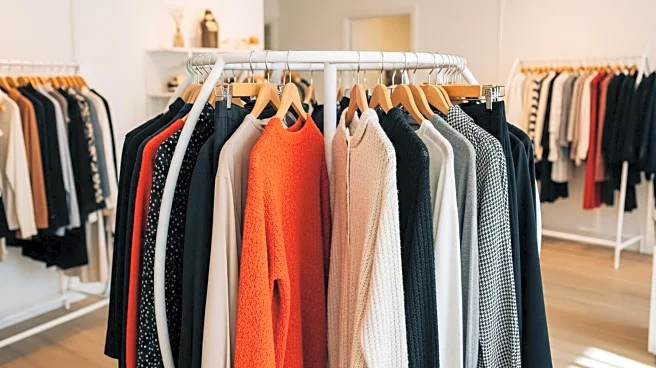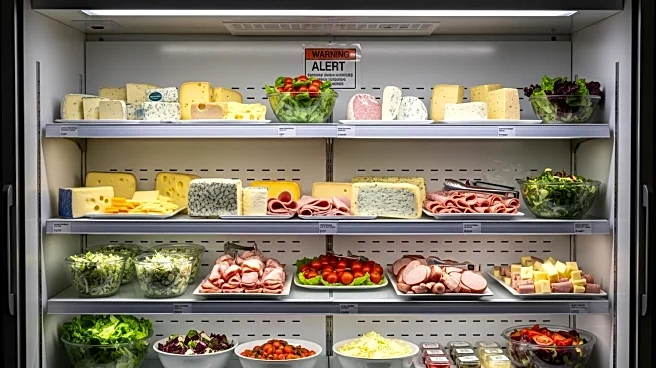What is the story about?
What's Happening?
A frequent thrifter, known on Reddit as u/p--py, encountered a surprising price difference when tasked with purchasing a baby bouncer at Walmart. Expecting the item to cost around $15, he was shocked to find the cheapest option priced at $34.99. Opting to thrift instead, he successfully found a similar bouncer for $2.99 the next day. Despite needing a wash and missing a piece, the thrifter ensured the item's safety by checking for recalls and testing its clips. This experience highlights the growing disparity between retail and thrift store prices, prompting discussions among fellow thrifters about the benefits of secondhand shopping.
Why It's Important?
The incident underscores the increasing appeal of thrift shopping as a cost-effective alternative to traditional retail. As retail prices continue to rise, consumers are turning to secondhand markets to manage expenses, particularly for non-essential items. This shift is reflected in the expanding global secondhand apparel market, projected to reach $367 billion by 2029. Platforms like Depop are facilitating this growth, with significant download figures indicating a rising consumer interest. The trend suggests a potential shift in consumer behavior, where thrift shopping becomes a primary choice rather than a backup option, impacting retail strategies and pricing models.
What's Next?
As the secondhand market continues to grow, retailers may need to reassess their pricing strategies to remain competitive. The increasing popularity of thrift shopping could lead to more consumers prioritizing secondhand purchases, influencing retail sales and inventory decisions. Additionally, the trend may encourage retailers to explore partnerships with thrift platforms or develop their own secondhand offerings to capture this market segment. The ongoing dialogue among thrifters about retail price shock may further drive awareness and adoption of secondhand shopping practices.
Beyond the Headlines
The rise of thrift shopping also raises questions about sustainability and consumer ethics. As more individuals opt for secondhand goods, the environmental impact of reduced manufacturing demand could be significant. This shift may encourage brands to adopt more sustainable practices and promote circular economy models. Furthermore, the cultural perception of thrift shopping is evolving, with increased acceptance and normalization of secondhand purchases as a viable and responsible consumer choice.
AI Generated Content
Do you find this article useful?
